The Electronic Intifada 17 May 2012
Al-Aqaba is a small Palestinian village in the Jordan Valley of the occupied West Bank surrounded by Israeli military checkpoints and training grounds.
After the 1967 war the area around the agricultural community was declared a closed military training zone by the Israeli army. The use of live ammunition and explosives in the surrounding area of the village has led to the injury and even death of dozens of people from the village. Of those who have been injured is the current mayor, Hajj Sami Sadeq, who has used a wheelchair for the past forty years after being shot by Israeli soldiers at the age of 16.
The livelihoods of the village and its population are severely restricted in terms of movement and access to basic amenities such as water, which is bought and then taken to the village in a tanker since there is no connection to the water network.
In September 2011 the road to the east of the village leading towards the eastern checkpoint was destroyed by the Israeli military. The army also demolished a house which had been home to twelve persons. Numerous homes have been demolished since the beginning of the occupation and further demolition orders have been issued. This has not stopped the community from building in an attempt to reverse the decrease in population from 700 residents since 1967 to 300 today.
The following photos are from my recent stay in al-Aqaba village.
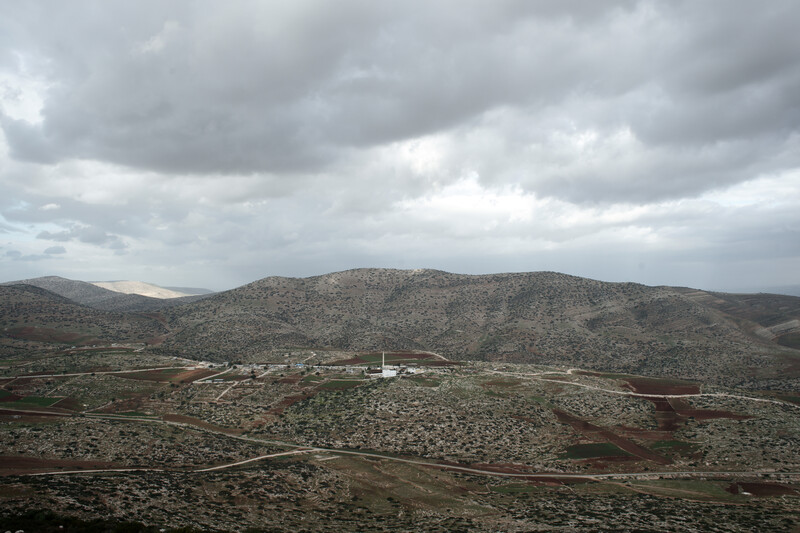
Al-Aqaba is home to approximately 300 residents. The population has dwindled because of the particularly harmful impact the occupation has on the agricultural community.
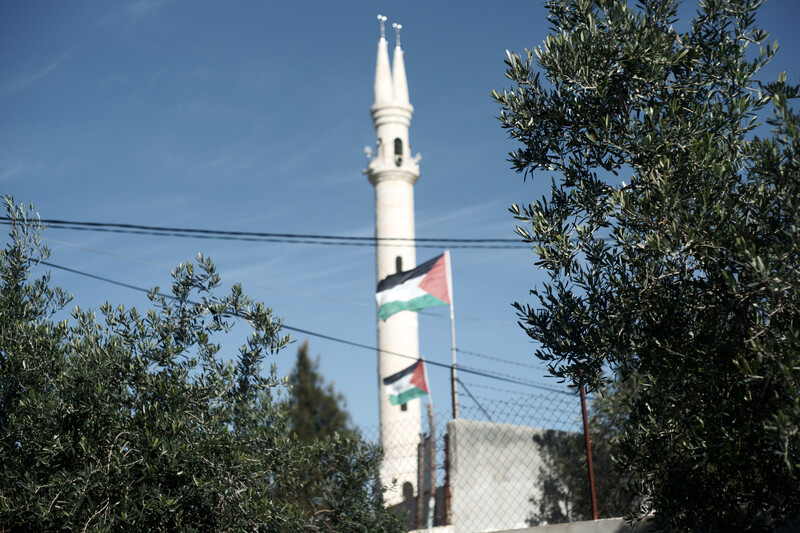
Since 2003 a mosque with a double minaret forming a peace sign has towered over al-Aqaba. Israel has issued demolition orders against the mosque — along with a clinic and a kindergarden — because it was built without a permit (Israel permits buildings in areas under full military control only with great exception).
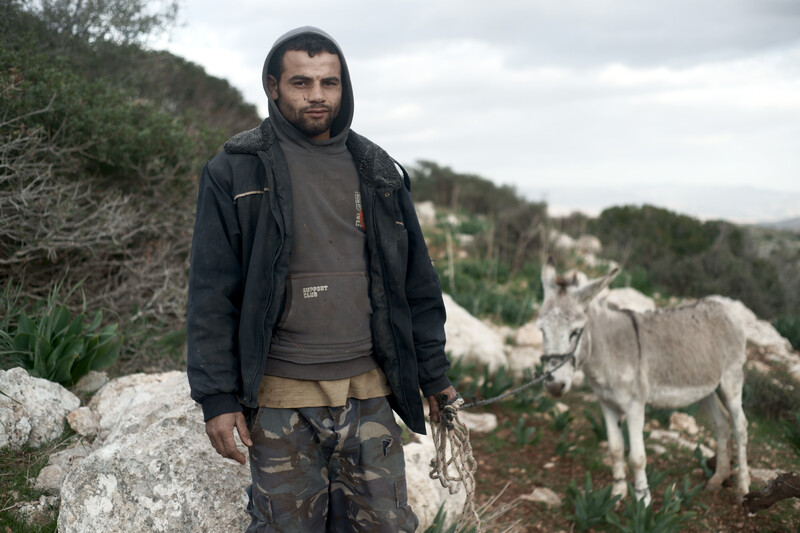
After an accidental visit to the Israeli army training camp to the south of the village, I was walking back to the village up the hill when I met two men carrying wood back to their home. We walked back together and once back at the village I was shown into his shed where he was keeping birds. I was then introduced to his father while we sat outside drinking coffee.

Close to the village lies an Israeli military checkpoint, which for the residents of al-Aqaba poses a huge barrier when trying to travel to the east of the village. Such attempts will often result in having to spend hours waiting before clearance or only to be rejected and turned away.

While walking in the fields which surround the village a shepherd hailed me from the side of a hill. I walked with him for a while, occasionally having to watch his herd as he sprinted off to fetch a stray sheep. He beckoned me towards a hole in the ground which lay camouflaged among the rough terrain, hoisting up a bucket of water from which I took a drink before we headed our separate ways.
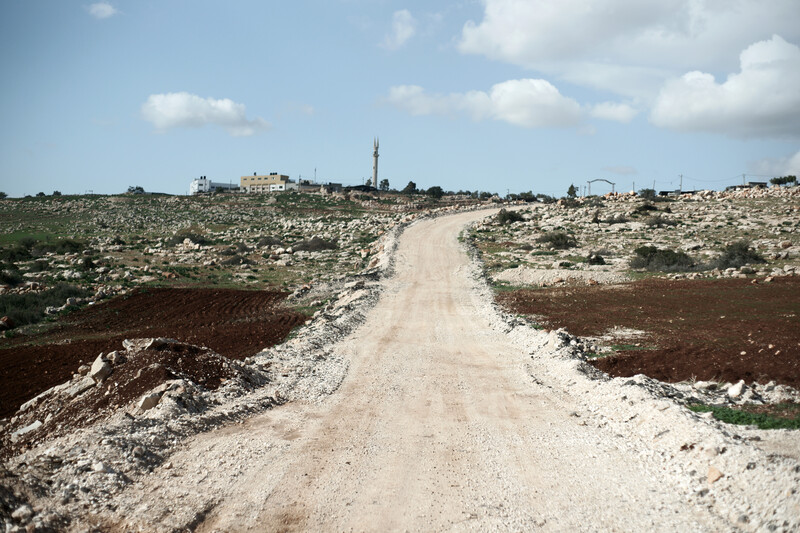
In September 2011 the road to the east of al-Aqaba leading towards the eastern checkpoint was destroyed by Israeli military.
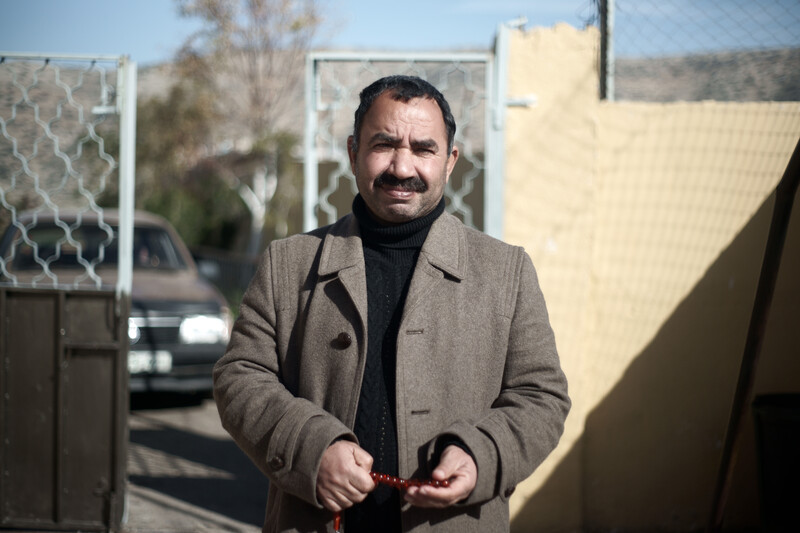
During my stay in the West Bank it was exam time for al-Aqaba students. I met this teacher acting as goalkeeper during a game of football with his students.
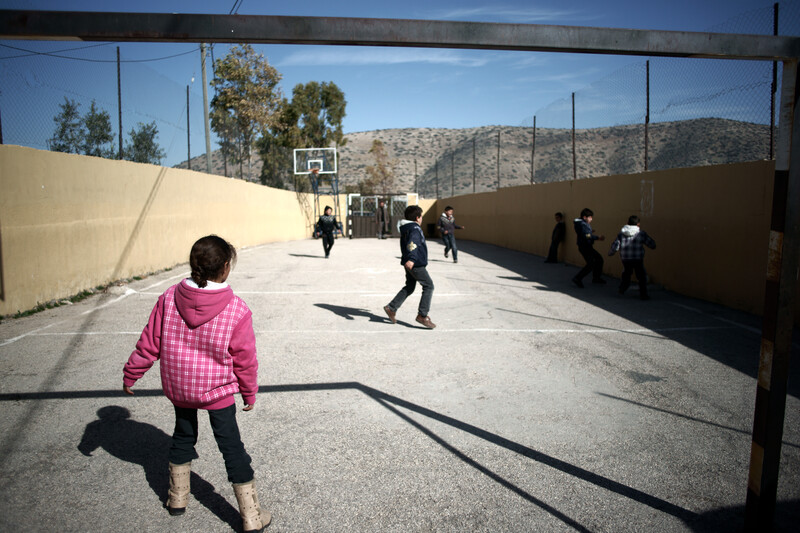
Al-Aqaba’s school has around eighty pupils and the kindergarten sees around 130 children.
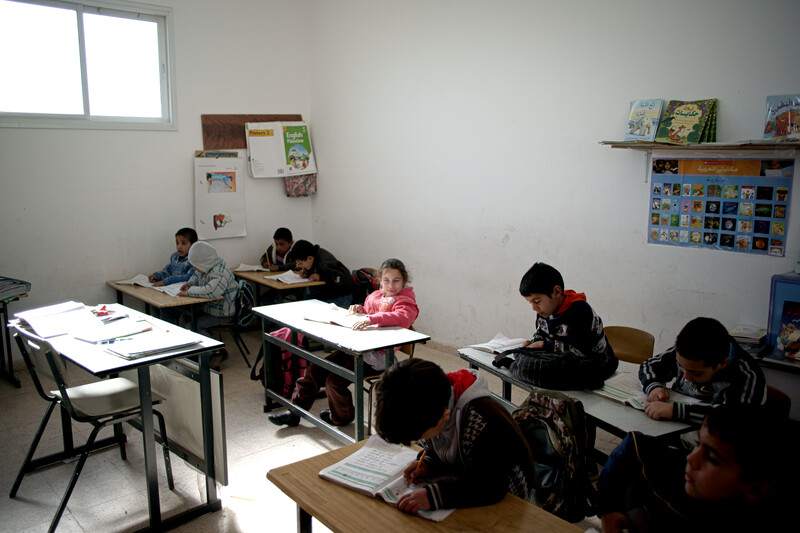
As well as providing education for the children who currently reside in the village, Al Aqaba’s school and kindergarten welcome children from families who have left the village for nearby towns.
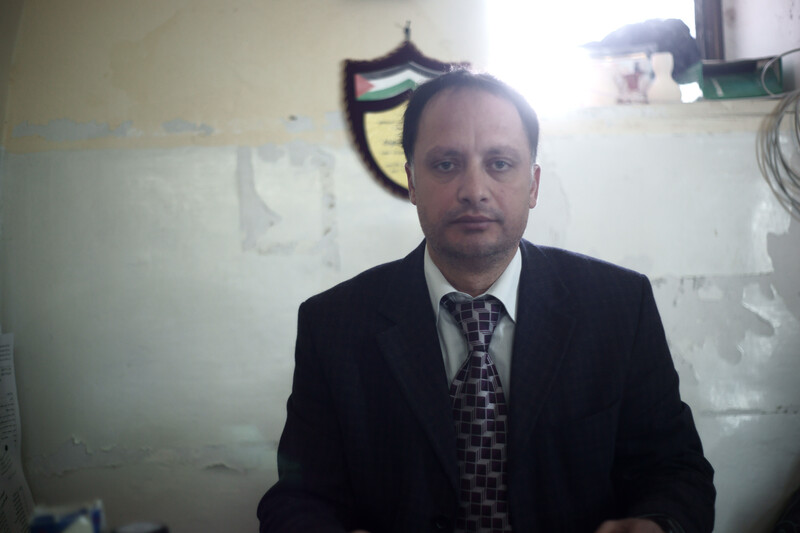
While visiting the school I met with the headmaster in the faculty office. Along with the English teacher we sat drinking cartons of chocolate milk which had been donated to the school by Australia.
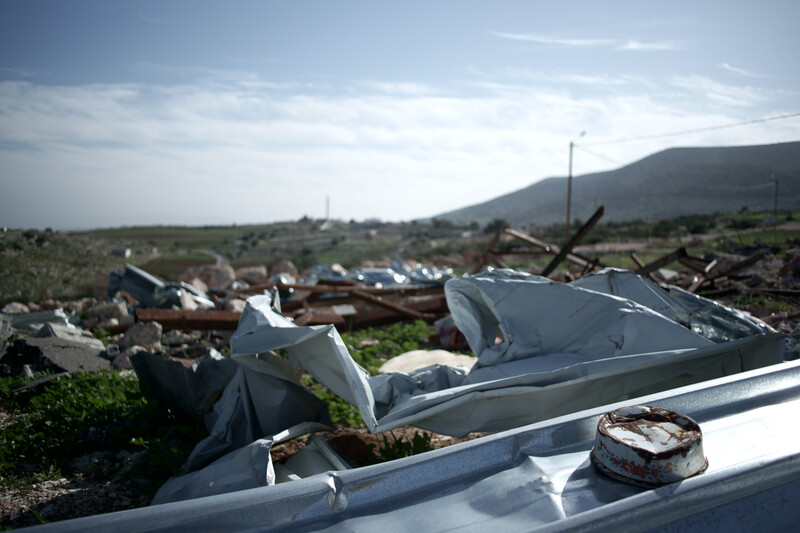
In September 2011 the military demolished a house which had been home to twelve people. Numerous house demolitions have occurred since the beginning of the occupation and additional demolition orders have been issued.
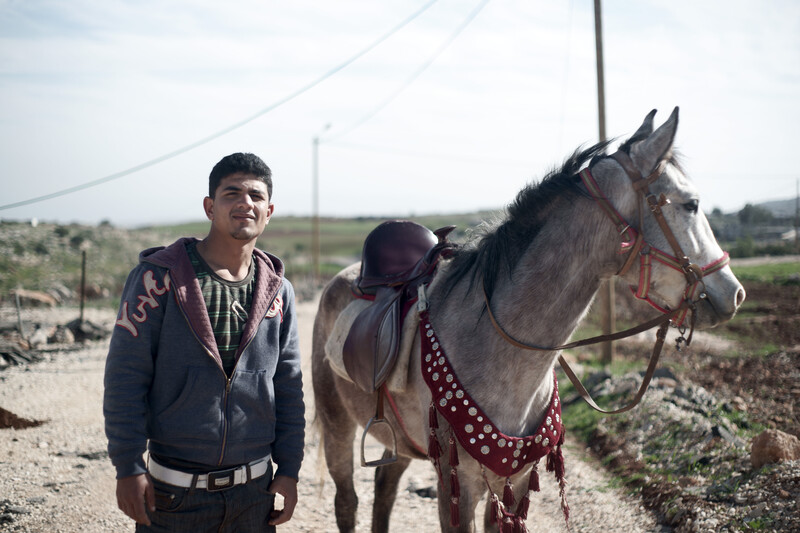
Walking along the destroyed road to the west of the village I examined the remains of a house demolished by the army. From the direction of the village, a man approached on horseback. He belonged one of the families from a nearby house who farmed sheep. I visited his house later that evening with the mayor; we were given some of the cheese they had made along with some freshly made bread.
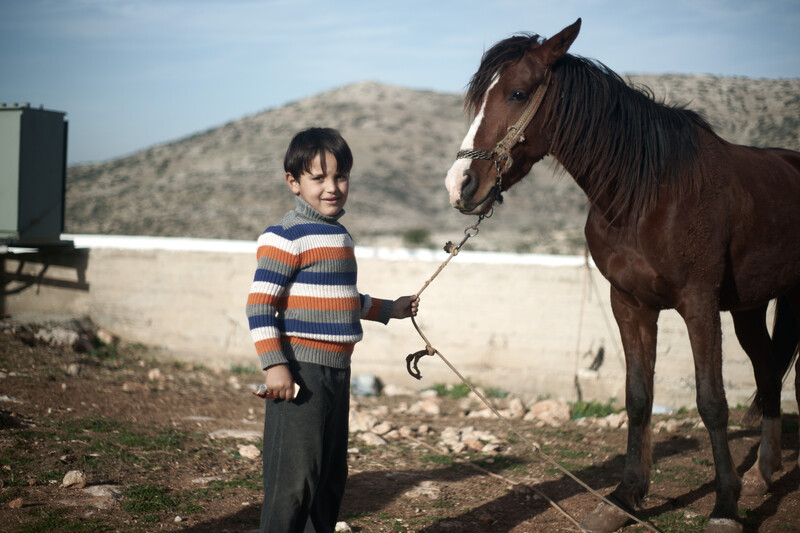
Within the village I met a man with his horse in one of the enclosures. He called his son over to meet me before insisting that I take a picture of his rather timid son next to his horse. We all walked over to his house for tea where his son, who at this point had become anything but shy, began offering me sunflower seeds and along with his sisters showed me their English homework and what they had been learning at the school.
All photos by Calum Toogood.
Calum Toogood is a photojournalism student from Scotland currently studying a degree at Swansea Metropolitan University, Wales.


